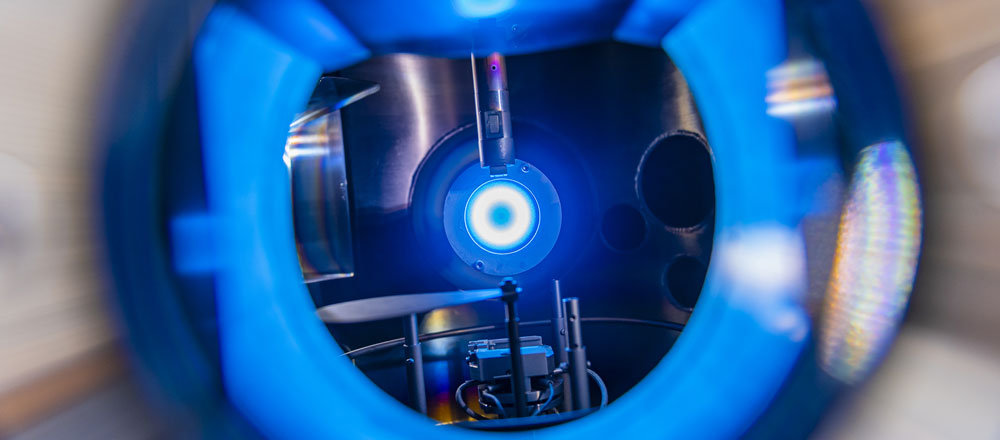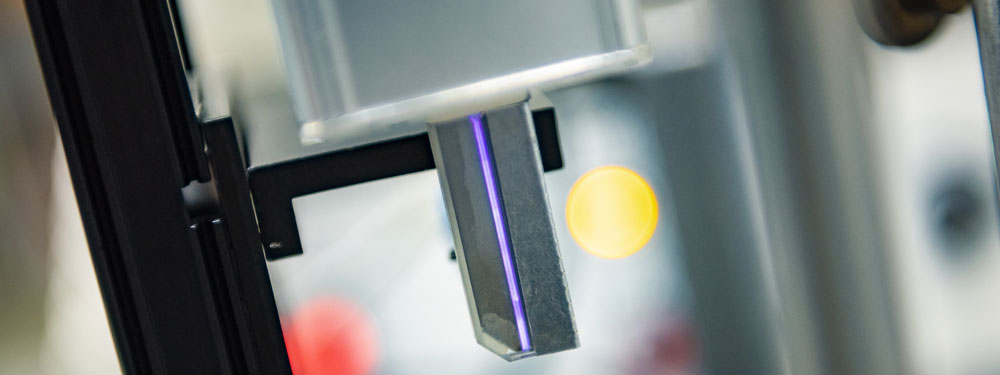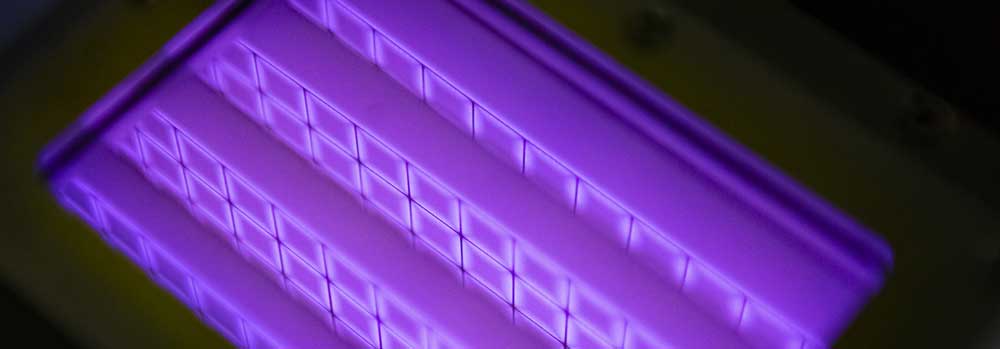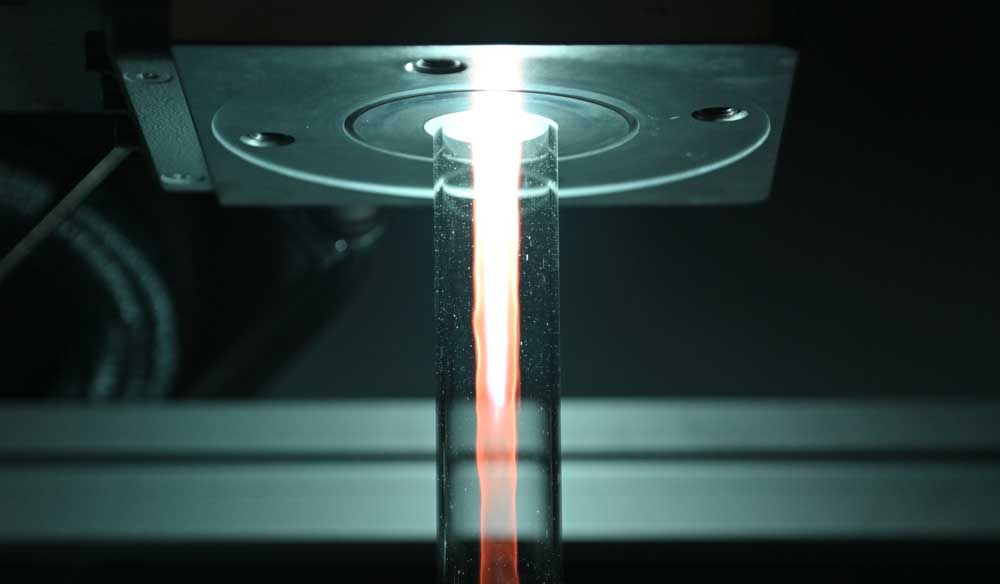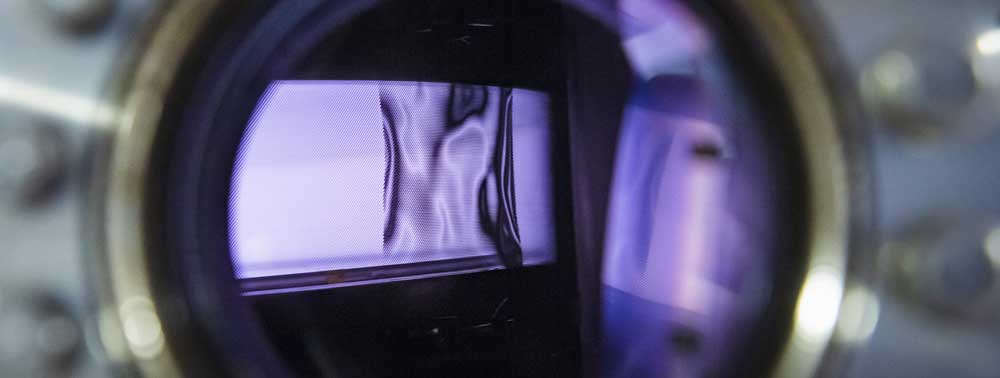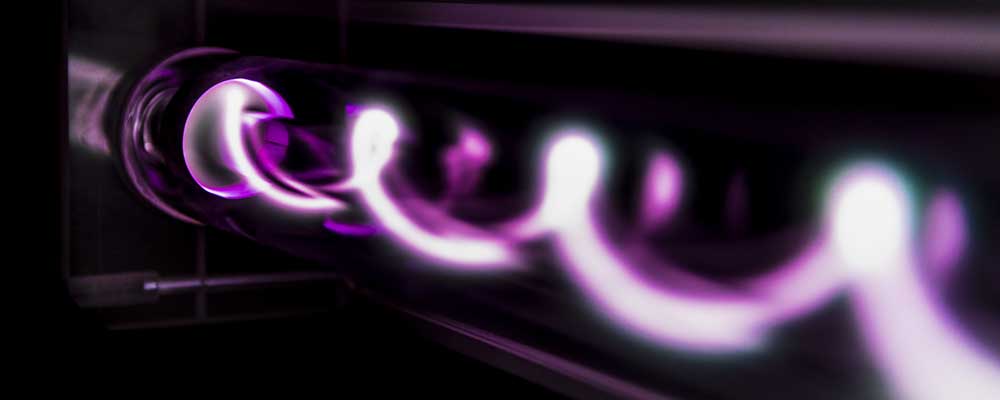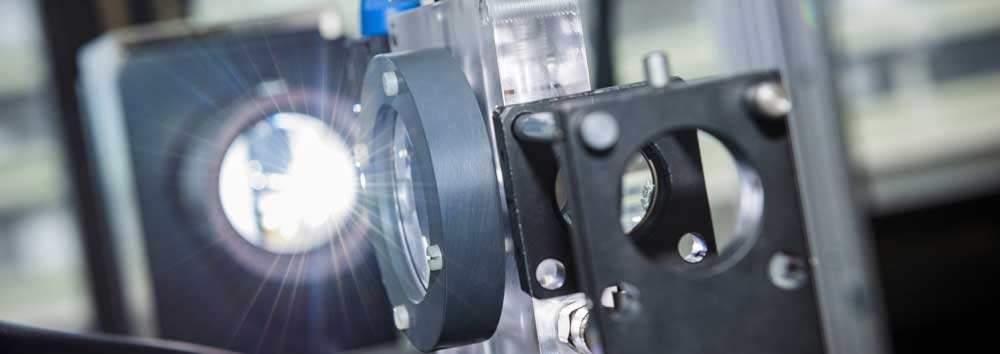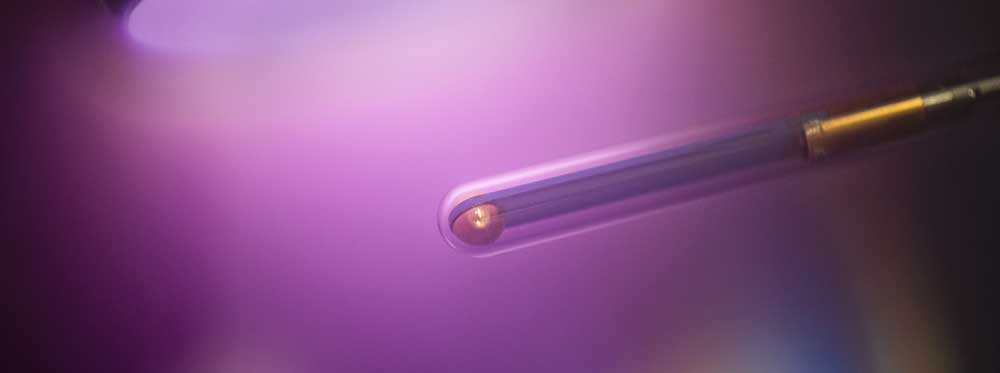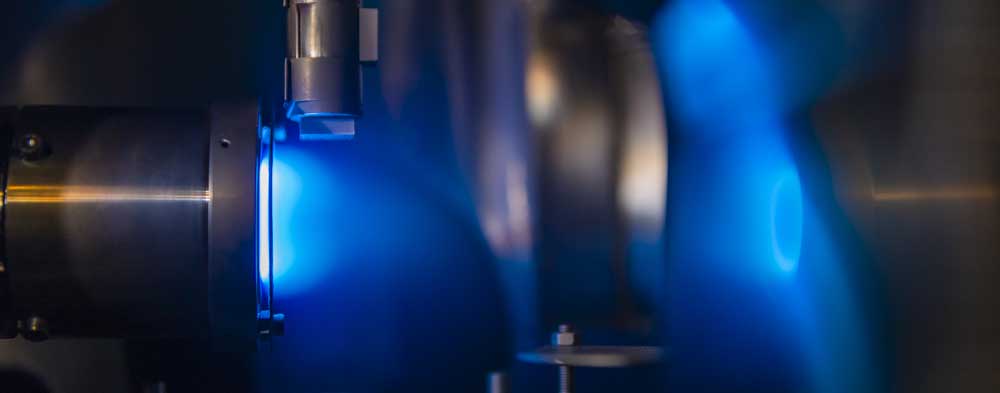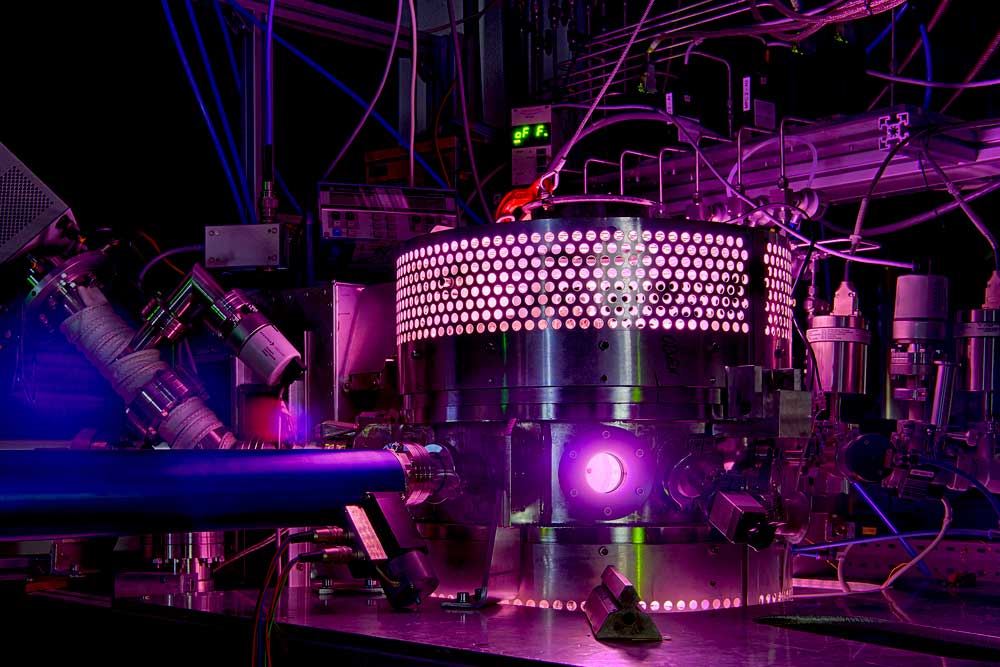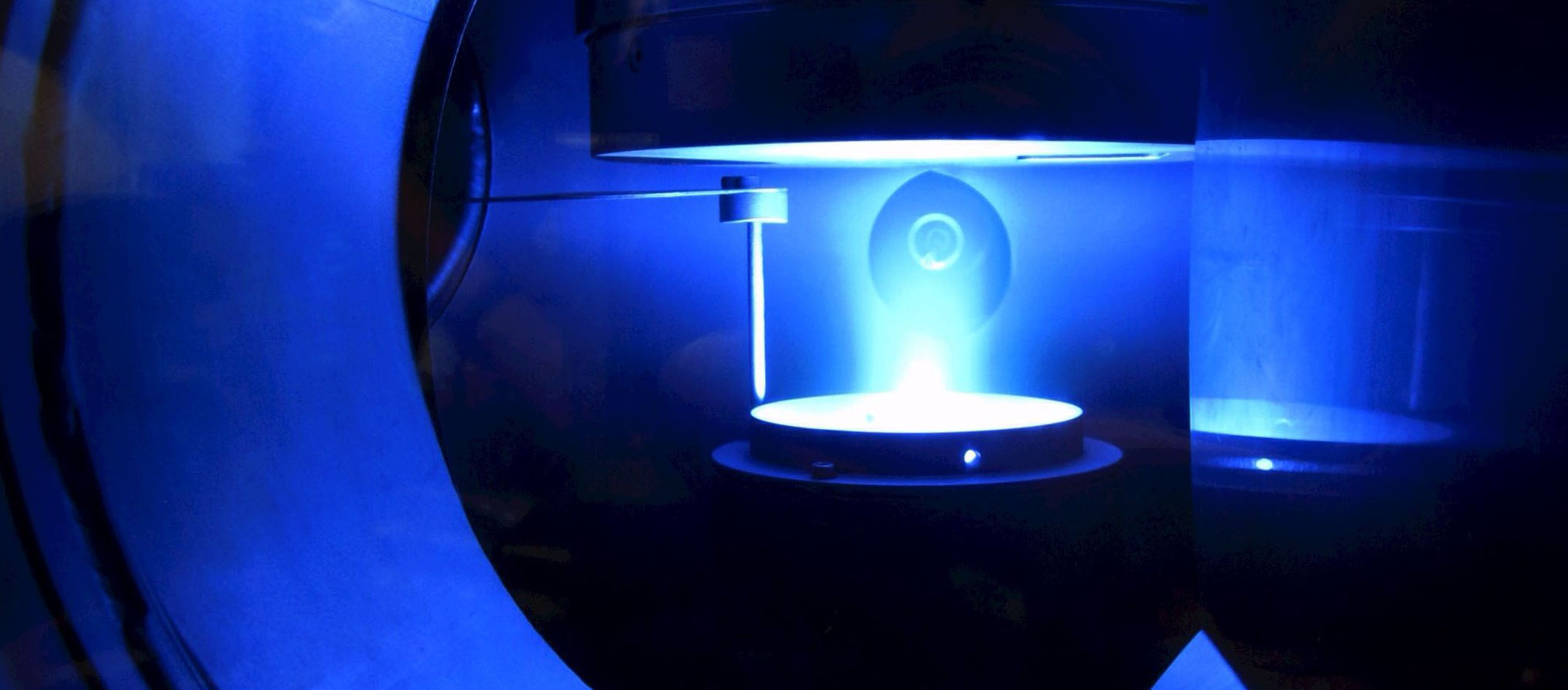EP5
DR. QING XIONG
Dr. Qing Xiong, researcher and Assistant Professor from College of Electrical Engineering, Chongqing University, China, gives a talk about "Atmospheric Pressure Micro-plasma Jets and Glow Discharge with Water Electrode". It will be on July 15th, 2015, at 10:15 am at NABF05/694. Anybody interested is welcome to join.
Dr. Qing Xiong will be visiting Prof. Dr. Uwe Czarnetzki at Experimentalphysics V. His research interests mostly focus on advanced spectroscopic diagnostic of cold atmospheric pressure plasmas and plasma interacting with liquids.
Abstract: Non-equilibrium atmospheric pressure micro-plasma jets have recently obtained increasing attention for their unique features such as chamber-less operation and enhanced chemistry without elevated gas temperature. These attractive features make them prospective in several emerging novel applications, such as bio-medicine, material synthesis and surface modification. Characterizations and control of these micro-discharges are important, especially their physics and chemistry, to get insights into mechanisms of plasma treatments. On the other side, plasma interacts with liquid are common in plasma in liquid or in contact with liquid, but interaction processes are very complicated. Until now the fundamentals of interactions between plasma and liquid still remain open with a lot of indistinct issues. Important questions about how the plasma affects the liquid chemistry, and meanwhile how the liquid influences the chemistry of plasma, need to be answered.
These are the main background of my talk, and I will report the characterizations of atmospheric pressure micro-plasma jets, include their physics and chemical features based on plasma diagnostic (OES, LIF, etc). Meanwhile, the presentation will report my recent result of OH radicals production in a glow discharge in contact with water, based on broadband UV absorption spectroscopy measurements. Production mechanism of OH radicals in the discharge above water will be discussed.
